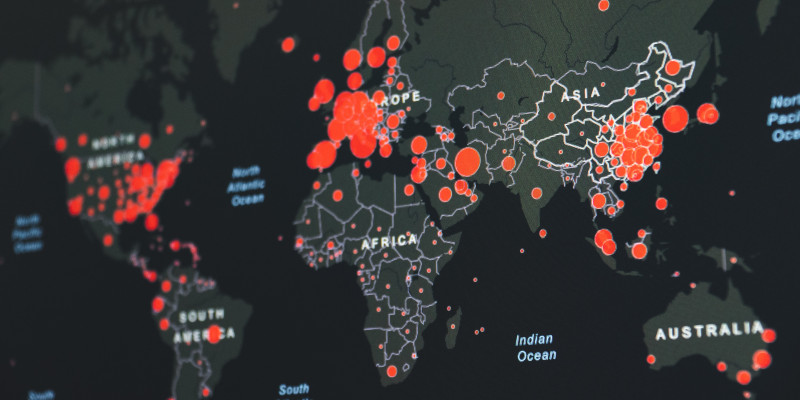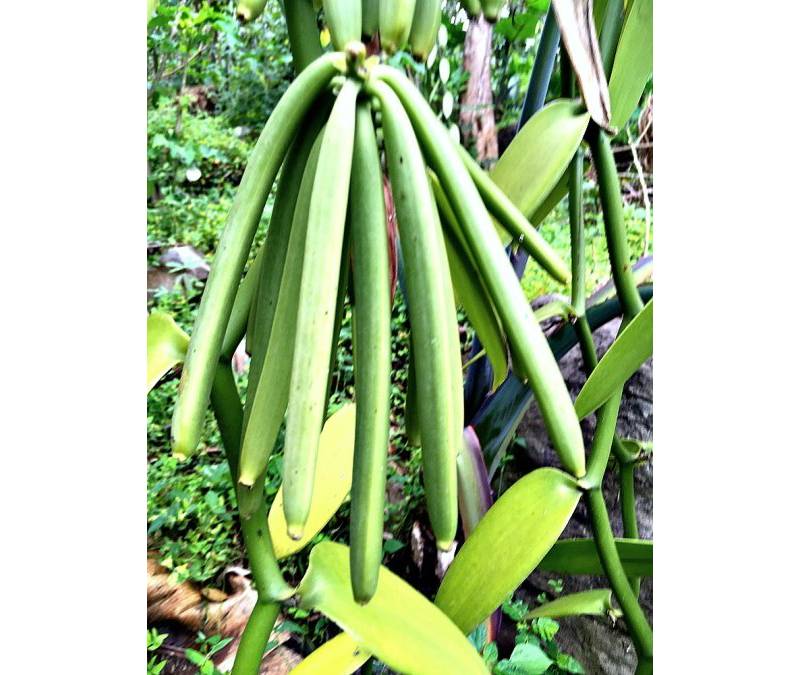Earnings from sisal grew 27 percent in the first quarter of the year compared with corresponding period of 2019 even as the regulator projects a decline in the next review owing to Covid-19. The earnings grew to Sh1.2 billion from Sh864 million, acco...
Earnings from sisal grew 27 percent in the first quarter of the year compared with corresponding period of 2019 even as the regulator projects a decline in the next review owing to Covid-19. The earnings grew to Sh1.2 billion from Sh864 million, according to the head of Fibre Crops Directorate Naomi Kamau. Ms Kamau said earnings in the quarter were boosted by the first two months of the year, which registered high volumes and good prices, compensating for a decline witnessed in March when the coronavirus disease started to peak across the world.The value of sisal earnings last month dropped to Sh405 million from Sh438 million in January. In February, the crop earned the country Sh415 million.
“Exports may decrease drastically in the coming months due to the effects of lock-downs imposed in importing countries and mostly West African countries,” said Ms Kamau. Nearly all the sisal produced locally is destined for export with China being the largest buyer of the commodity followed by countries in West Africa. China, which was the epicentre of the pandemic, has already opened up its economy. However, most countries across the world are still in a lockdown.
During the review period, there were a total of 28 export destinations. China led with a market share of 21.2 percent. This was followed by Nigeria, Saudi Arabia, Morocco and Ghana. Sisal farming is mainly done in large scale at the Coastal region with a total of five estates: Kilifi, Vipingo (Kilifi), Voi, Teita (Taita Taveta) and processor International Ltd in Kwale. According to the directorate, smallholder farmers have increased acreage under sisal due to the improved export prices. It said emerging markets in Europe and Middle East mean demand for the fibre will continue to climb, giving the smallholder farmers reason to scale up acreage.
Original Source: Business Daily




